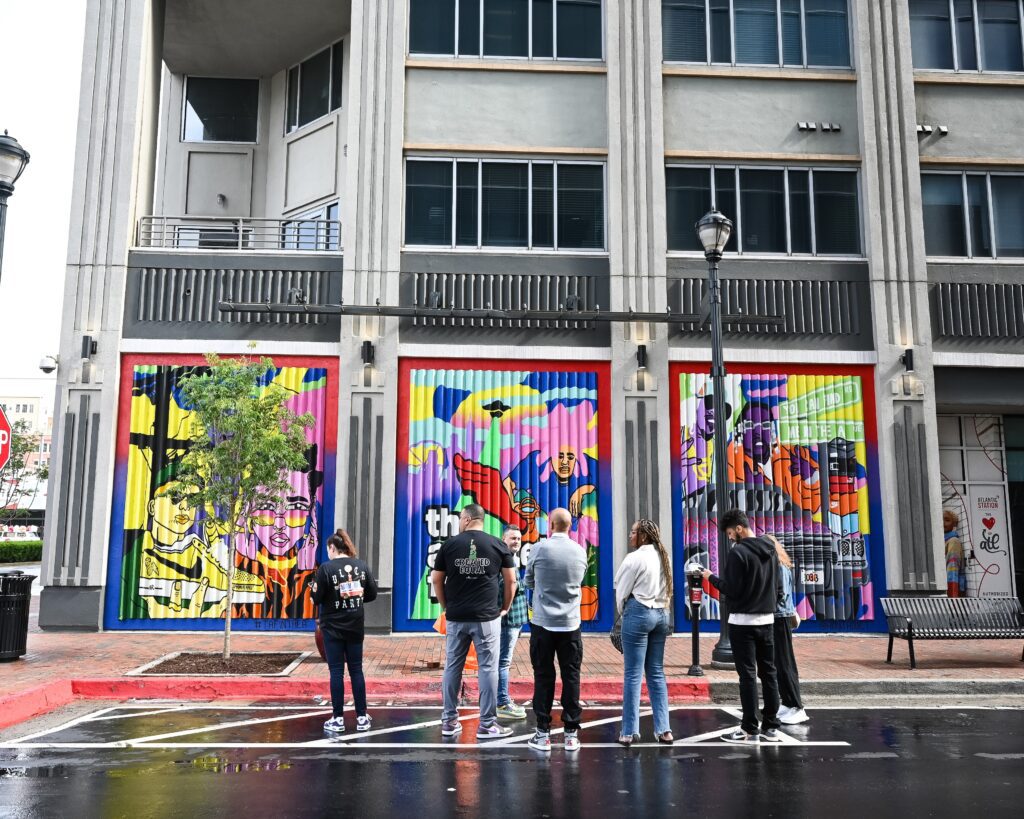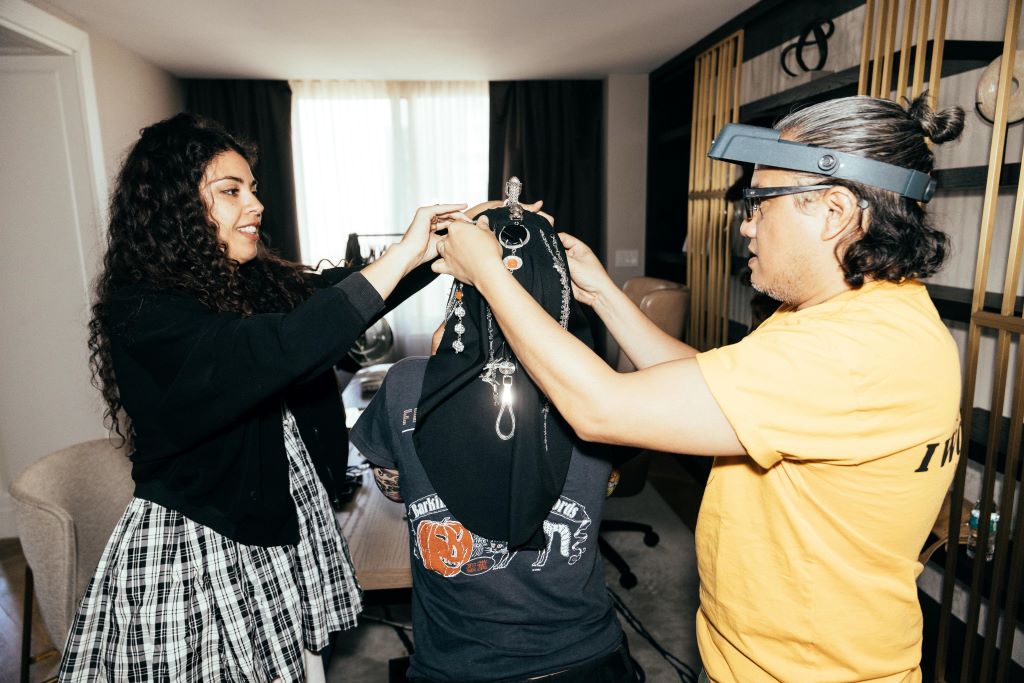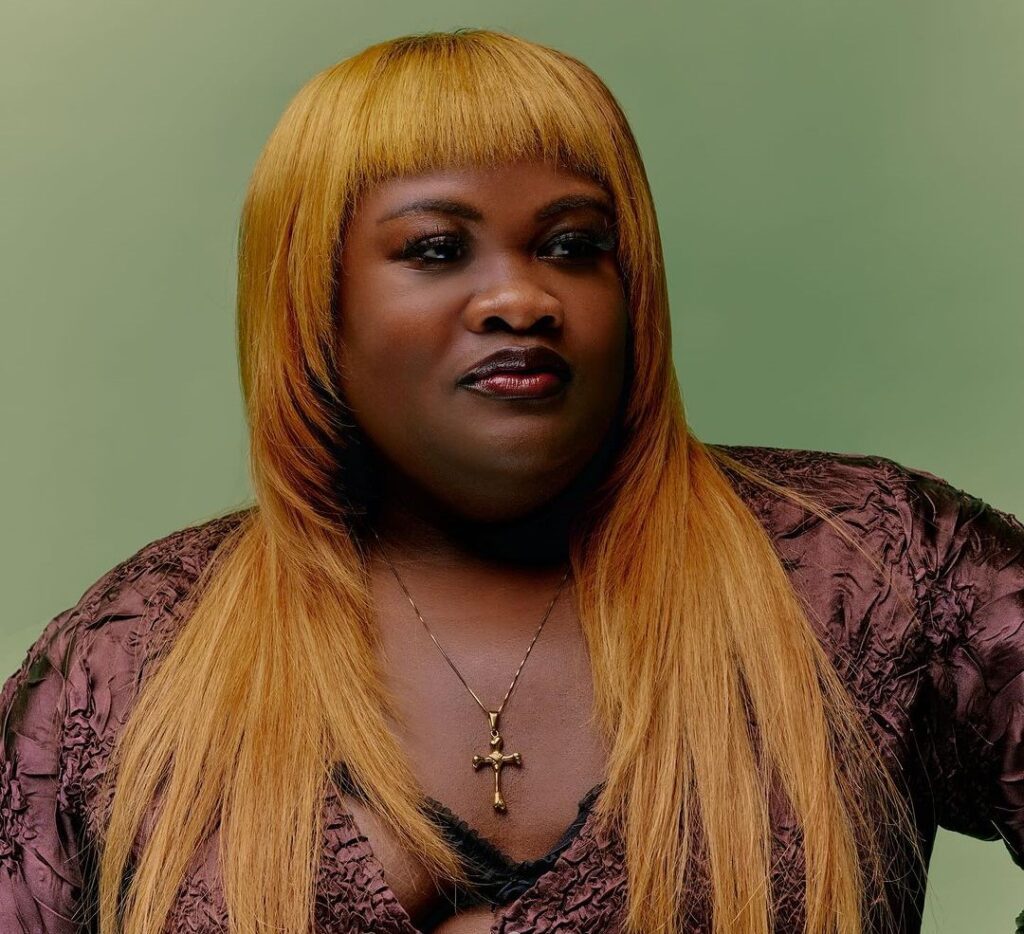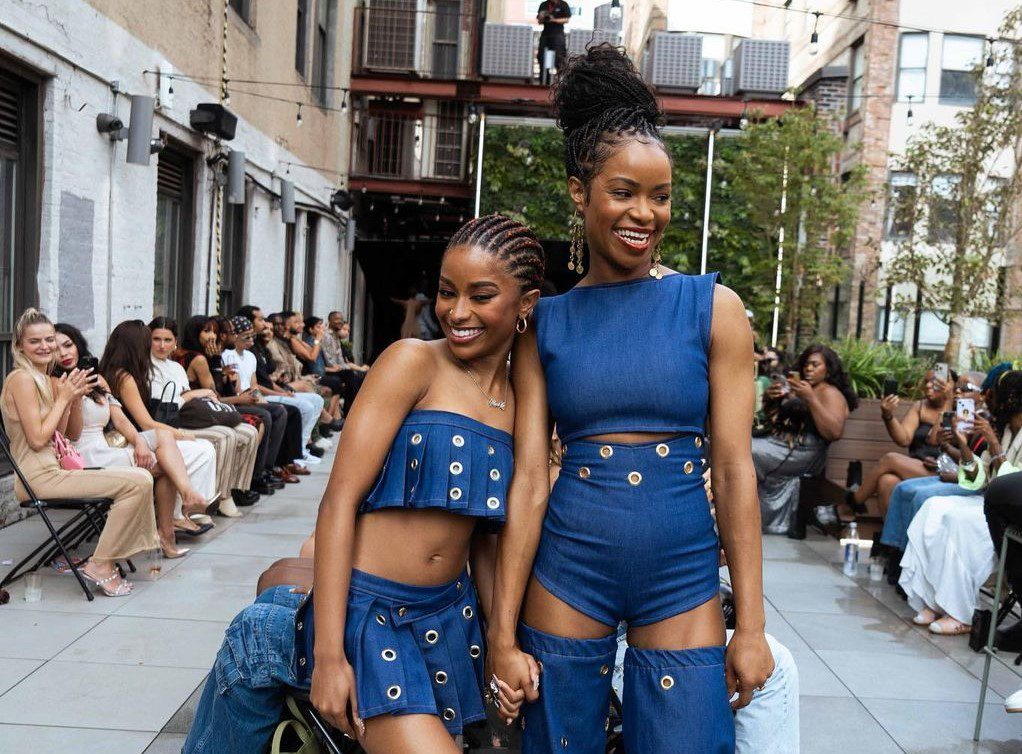The Athlete’s Foot president Foot Matt LaFone joined the chain just under two years ago, shortly before the company was purchased by Arklyz Group. With a resume that includes Payless, Dick’s Sporting Goods, Crocs and Puma, LaFone is well suited to meet a retail moment in which powerhouse brands ar resetting their relationships with wholesale.
Headquartered in Stans, Switzerland, and Atlanta, Georgia, and now boasting 550 stores globally, The Athlete’s Foot saw the U.S. market as one that would benefit from prioritizing community in underserved communities. In addition to upgrading established stores to TAF 3.0 formats, which emphasize local product assortment and community engagement, the company has opened new doors with a goal of boosting Black ownership through its Strategic African American Retail Track (StAART) program.
Working off of an exclusively physical store model, the chain’s approach lines up with perfectly with brands like Nike and Adidas which are choosing to partner anew with retailers who are making genuine connections with minority customer who makes his sneaker purchases in a store.
Check out our exchange with LaFone who weighs in on industry consolidation, how the franchise model has helped grow minority ownership, current sneaker trends and why brands are tip toeing back into wholesale.
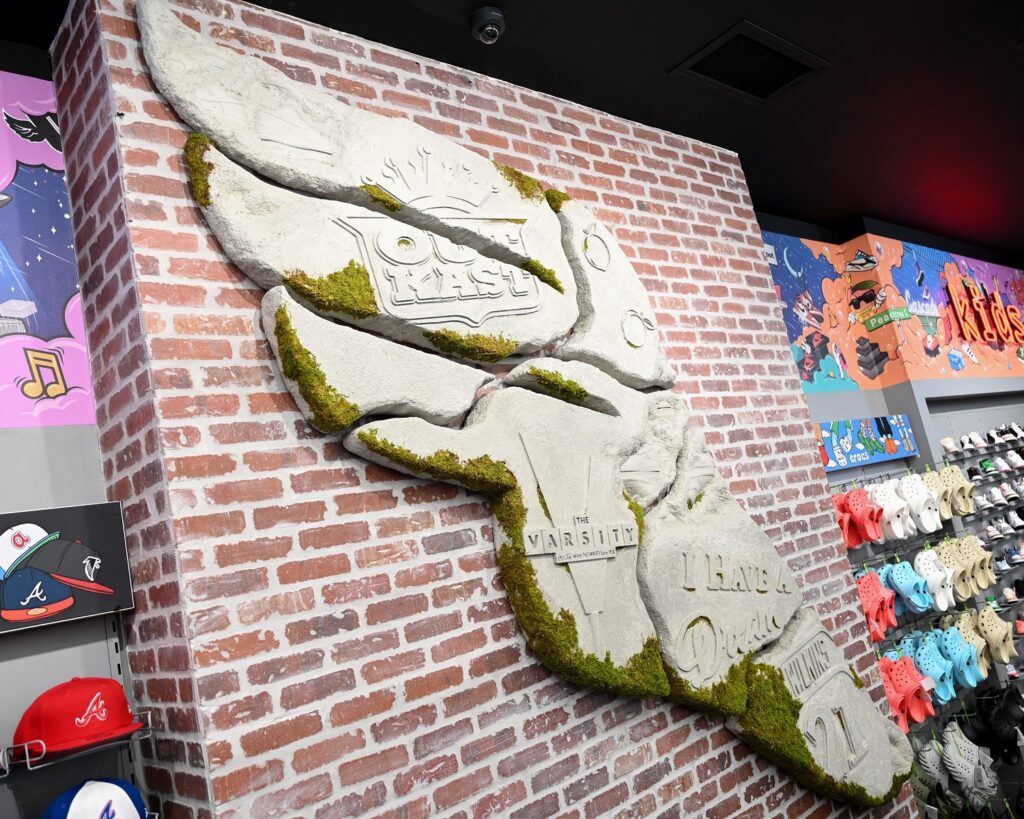
SNOBETTE: Your resume in retail and footwear includes over 20 years in retail and with major brands: Dick’s Sporting Goods, Sports Authority, Crocs, Puma and Payless. You know the space! How has the advent of online shopping changed the business and how has it not changed the business?
MATT LAFONE: “We saw the pulse up on dot com throughout the pandemic, but in the sneaker industry, especially city specialty, it’s a little different because they’re still a primarily cash customer. We focus on underserved communities who are averaging $70,000 or less average income annually. Our customer is not shopping at Nordstrom or frankly even a Foot Locker. Our customer physically wants to be in the store, but he has choices and it’s not just based on product access, it’s who you are as an organization.”
“We take a hyper local approach to make sure product is better and the experience in store is elevated, so it functions as a community hub for sneaker lovers. Twenty percent of our of open to buy is focused on local buyers, and the level of engagement is different from a big chain. We want to bring in associates who are passionate about the community.”
SNOBETTE: As high as 90 percent of city specialty purchases are cash. Are you finding that number declining over the past three years?
MATT LAFONE: “It’s been fairly stable, though there have been some shifts for sure with companies like Klarna. That’s been a paradigm shift, and within our communities we have programs to help customers build their credit score.”
SNOBETTE: Consolidation is a big trend in the industry, is The Athlete’s Foot growing through door openings or do you see acquiring a regional chain?
MATT LAFONE: “We’re growing significantly in the U.S. with seven new doors opening over the next 12-18 months and we’re also converting 20 established doors to the TAP 3.0 format, our newest store concept.”
SNOBETTE: Location in retail is everything. What do you view as prime location now and how is that different from five years ago?
MATT LAFONE: “We’ve always avoided malls. Maybe 10 percent of our stores are in traditional malls; the rest are in strip or lifestyle centers or stand alone stores. We focus on underserved communities with higher majority minority populations; 20 percent of our stores are within walking distance of an HBCU.
SNOBETTE: How does the franchise model set you apart from competitors?
MATT LAFONE: “We’re the only franchising model within the athletic lifestyle space. Ninety-eight-percent of our franchisees are minority owned and 30 percent are African American owned.
“Last year we launched StAART (Strategic African American Retail Track), a program to recruit, develop and mention Black entrepreneurs. Black culture has driven so much in the culture but hasn’t received much in return. African Americans account for 13 percent of the population but are responsible for 38 percent of athletic footwear purchases. A perfect example is franchise partner Tasha Cobbs Leonard, who is a Grammy winning gospel singer who still tours. We want to help create generational wealth and give Black culture skin in the game.”
SNOBETTE: Given the franchise model, how does buying work?
MATT LAFONE: “Two years ago we started to manage brand buys centrally, while still working closely with each store on building out curated assortments. Eighty percent of buys are purchased by corporate. The goal is to create a more streamlined and consistent presentation to the customer. In Atlanta there are four different franchises, and some are more penetrated in apparel.”
SNOBETTE: What spurred the decision to set up a central buying model?
MATT LAFONE: “I came on board a year and nine months ago, and not long after the company was purchased by Arklyz Group. The main focus was to improve the in-store experience, and as part of that we needed to have a strong, consistent merchandise statement. We also upped marketing investment from 1 percent to 3 percent to create consistent campaigns.”
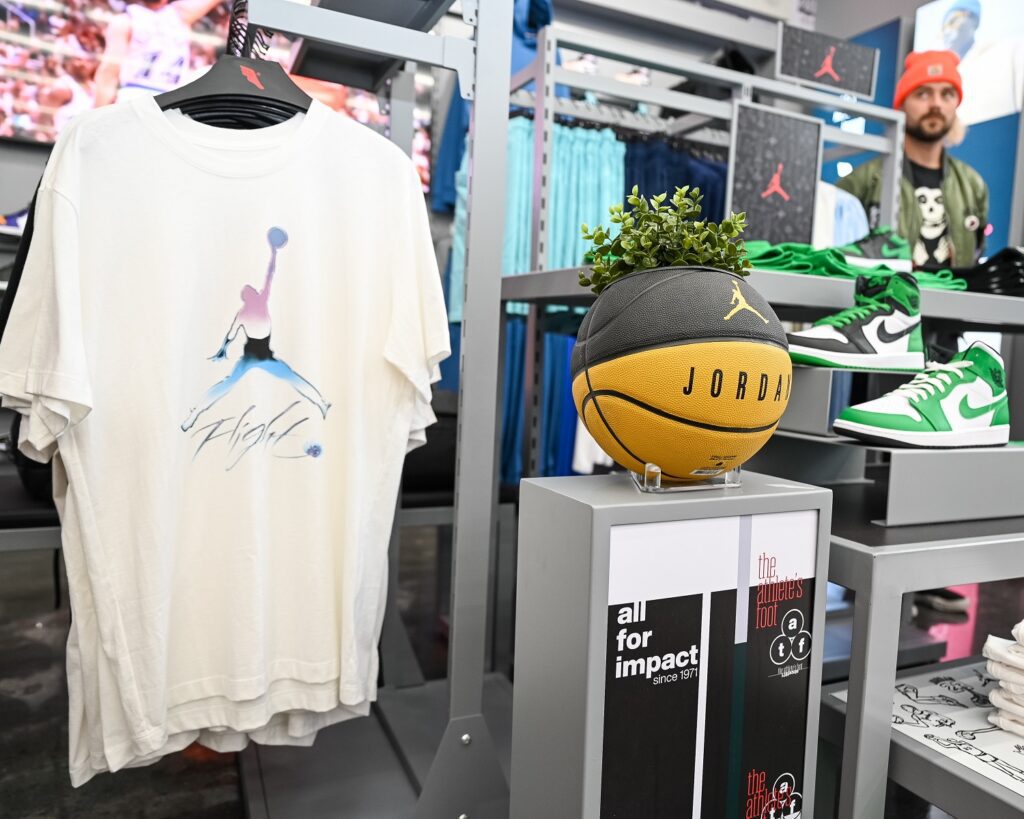
SNOBETTE: I know Jordan as of late has placed a big emphasis on collaborations with Black-owned boutiques like Union and A Ma Maniere. Do they recognize what you’re doing in terms of ownership?MATT LAFONE: “Jordan is one of our most important brands. Their team has been amazing and really bought into our concept.”
SNOBETTE: 2023 has been full of headwinds including inflation, a more cautious consumer and too much inventory. How have you navigated the year thus far and what are you expecting for 2H23?
MATT LAFONE: Growth thus far is still positive. U.S. sales were up 38 percent during Q1, April sales were up 48 percent. Part of that is coming off of a low base because of supply chain issues last year, but we’re also getting better product than we ever have before. Women’s is a big iniative and we’ve grown share from 9 percent to 18 percent.
SNOBETTE: Footwear trends are so cyclical. How would you describe the current cycle in terms of what silhouettes the customer is looking for?
MATT LAFONE: “During challenging times, people go back to the familiar, Outisde of the Retro Jordan business, demand has been more challenged, and it’s actually a huge opportunity for brands to start putting a bigger push behind performance. We have On at seven doors and we’d like to further explore growth with them because I do think there’s an opportunity, On and Hoka have pulsed up with innovation, but we haven’t seen tht from the key players though I do think that’s coming.”
SNOBETTE: Shoe brands and retailers are forever attempting to expand sales to the female customer. What do you think makes her so difficult to land as a loyal shopper?
MATT LAFONE: Everybody wants that female customer because she makes purchasing decisions for herself, her children and her partner. We want her, but we acknowledge she’s a tough nut to crack. While men are simpler creatures, women are more about discovery. We’re finding we need to allocate more space to women’s apparel and we leave some open-to-buy dollars close to market because trends move so much faster for her.”
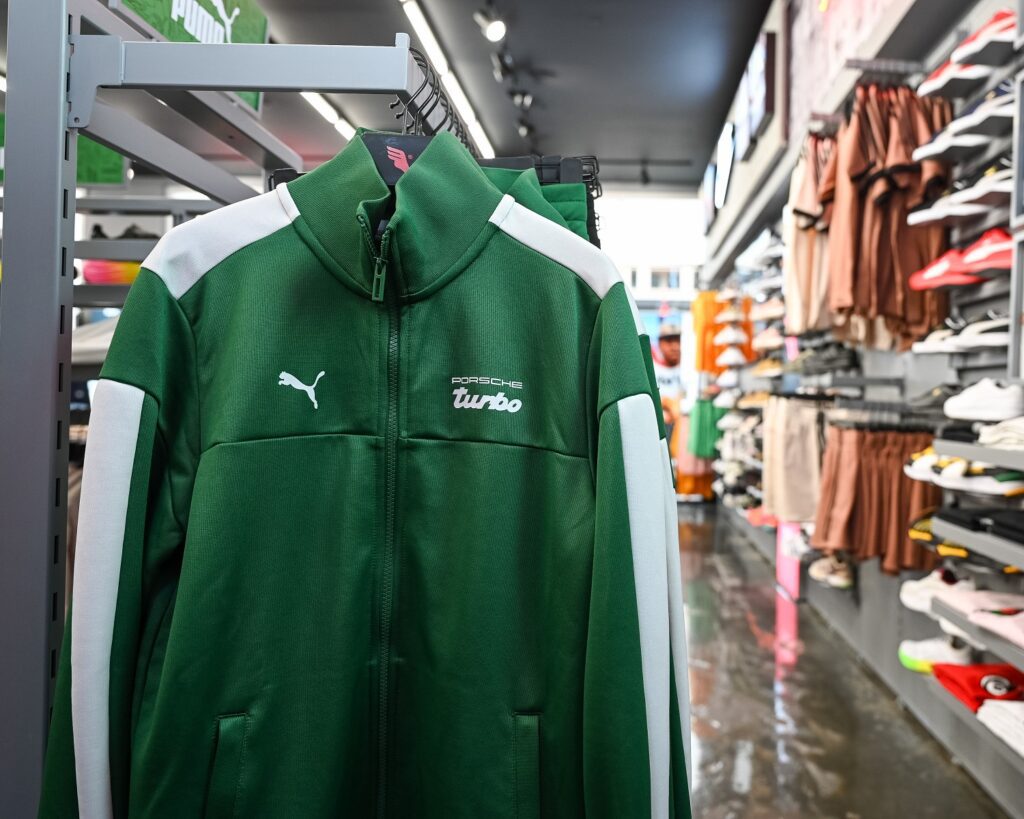
SNOBETTE: Puma has announced it plans to work with Rihanna again. What do they need to do to make the magic happen again?
MATT LAFONE: “I worked for Puma. They know they need to prioritize city specialty. They know if it won’t work here, it won’t work elsewhere.”
SNOBETTE: On the other side, how much do sports matter when marketing to young men?
MATT LAFONE: “All of our deals we do go back to partnering from a community standpoint. We sponsor NBA player AJ Griffin and with AJ, he came from Duke, he plays for the Hawks, and he’s a really good kid and not getting into shenanigans; he has strong commitment to community engagement and faith.
SNOBETTE: There are some indications the brand focus on expanding DTC has peaked. What do you think is causing brands to put a pause on that strategy?
MATT LAFONE: Retail is a great idea for brands because of the margins until you have a challenging season. It’s a fine balance but there’s enough for both sides. I encourage brands to focus on DTC but at the same time, brands need strong wholesale partners. If you’re not updating your stores and serving consumers in underserved communities, that type of store is not needed.”

